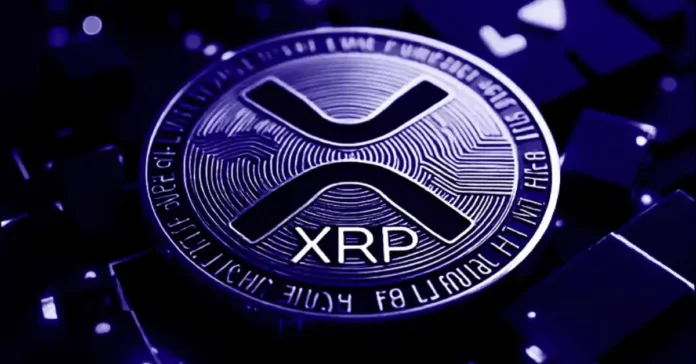In a remarkable turn of events, XRP, the cryptocurrency associated with the Ripple network, has achieved a significant milestone by reaching a market capitalization of $100 billion for the first time since 2018. This resurgence not only highlights the growing interest in XRP but also reflects broader trends within the cryptocurrency market. In this blog post, we’ll explore the factors contributing to this achievement, the implications for XRP and the cryptocurrency space, and what this could mean for investors moving forward.
A Brief History of XRP
XRP was launched in 2012 by Ripple Labs, with the aim of facilitating fast and cost-effective cross-border transactions. Unlike Bitcoin and Ethereum, which are often viewed primarily as digital currencies or store of value, XRP was designed to serve as a bridge currency for financial institutions. Its unique utility has attracted partnerships with numerous banks and payment providers worldwide.
However, XRP’s journey has not been without challenges. In late 2020, the U.S. Securities and Exchange Commission (SEC) filed a lawsuit against Ripple Labs, alleging that XRP was an unregistered security. This legal battle created significant uncertainty, leading to a sharp decline in XRP’s price and market cap. For much of the past few years, XRP struggled to regain its former glory.
Factors Behind the $100 Billion Market Cap
1. Legal Developments: One of the most significant factors contributing to XRP’s resurgence is the ongoing legal battle with the SEC. Recent court rulings have provided Ripple with some favorable outcomes, suggesting that XRP may not be classified as a security. This has boosted investor confidence and led to increased buying pressure.
2. Increased Adoption: Ripple has continued to forge partnerships with financial institutions, expanding the use of XRP for cross-border payments. As more banks and payment providers adopt RippleNet, the demand for XRP is likely to increase, positively impacting its market cap.
3. Market Sentiment: The overall cryptocurrency market has experienced a bullish trend, with many digital assets reaching new highs. This positive sentiment extends to XRP, as investors look for opportunities in established cryptocurrencies. As confidence in the market grows, XRP has benefitted from increased interest and investment.
4. Technological Advancements: Ripple has been actively working on enhancing its technology, including improvements to the XRP Ledger and the introduction of new features. These advancements not only make the network more efficient but also position XRP as a viable solution for future financial transactions.
5. Institutional Interest: As institutional investors continue to enter the cryptocurrency space, XRP has garnered attention as a potential asset for diversification. The growing interest from hedge funds and other institutional players can significantly influence market dynamics and drive prices upward.
Implications of the Milestone
Reaching a $100 billion market cap is a significant achievement for XRP and has several implications:
・ Increased Credibility: Achieving this milestone enhances XRP’s credibility in the eyes of investors and institutions. It signals resilience and potential for future growth, making it an attractive option for those looking to invest in cryptocurrencies.
・ Market Positioning: With a market cap of $100 billion, XRP solidifies its position among the top cryptocurrencies. This could lead to increased visibility and interest from both retail and institutional investors, further driving demand.
・ Potential for Future Growth: The positive momentum from this milestone could pave the way for further price appreciation. If Ripple continues to expand its partnerships and the legal situation resolves favorably, XRP could see even greater adoption and valuation.
What’s Next for XRP?
As we look to the future, several factors will determine XRP’s trajectory:
・ Continued Legal Developments: The resolution of the SEC lawsuit will be crucial. A favorable outcome for Ripple could lead to a surge in XRP’s price and market cap, while an unfavorable ruling could have the opposite effect.
・ Market Conditions: The broader cryptocurrency market’s performance will also play a role. If the market remains bullish, XRP may continue to benefit from increased interest and investment.
・ Technological Innovations: Ongoing improvements to the Ripple network and the XRP Ledger could enhance the utility of XRP, attracting more users and increasing demand.
・ Adoption Trends: The pace at which financial institutions adopt XRP for cross-border transactions will be a key indicator of its future success. Continued growth in this area could lead to sustained price increases.
Conclusion
XRP’s achievement of a $100 billion market cap for the first time since 2018 marks a significant milestone in its journey. Driven by favorable legal developments, increased adoption, and positive market sentiment, XRP has regained its position as a leading cryptocurrency. As investors and analysts look ahead, the future of XRP will hinge on the ongoing legal battles, market conditions, and technological advancements. For those interested in the cryptocurrency space, XRP remains a compelling asset to watch as it navigates this exciting and rapidly evolving landscape.







